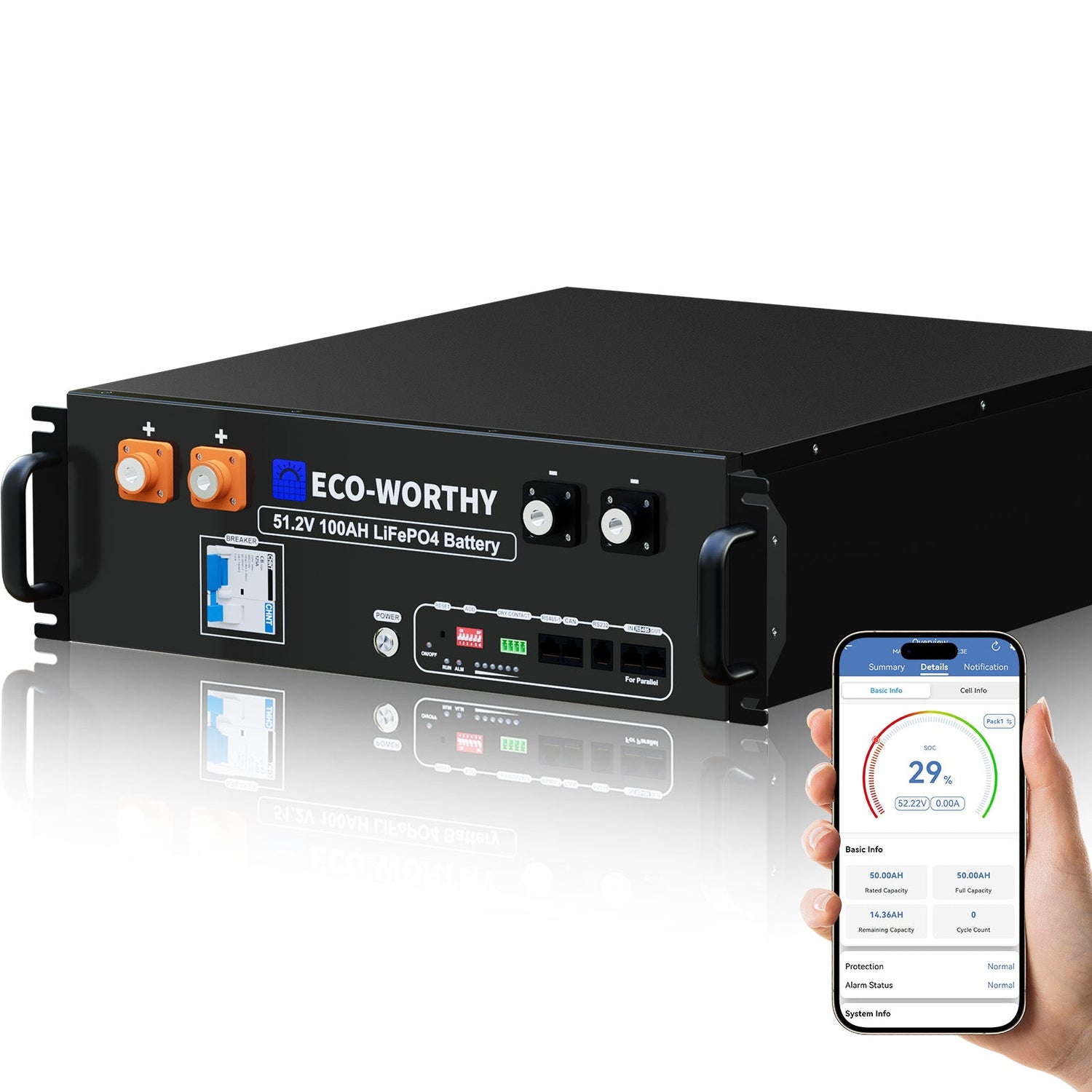Unable to connect /recognize COM port


Every month, we highlight the products that customers love the most. This...
🔥Year's Lowest Price. Don't Miss Out, Or Wait Another Year!
days
hours
mins
secs


Related Products